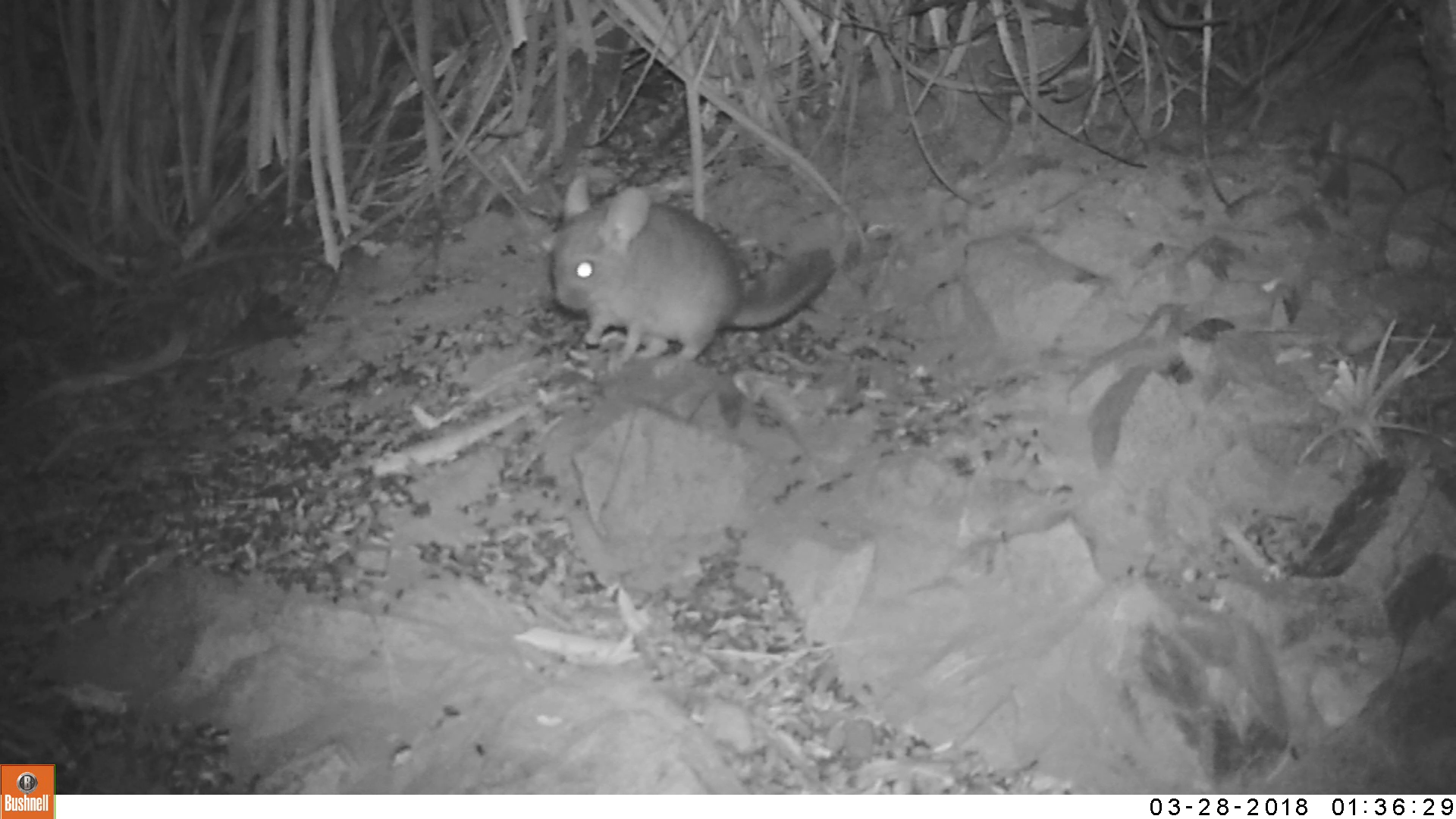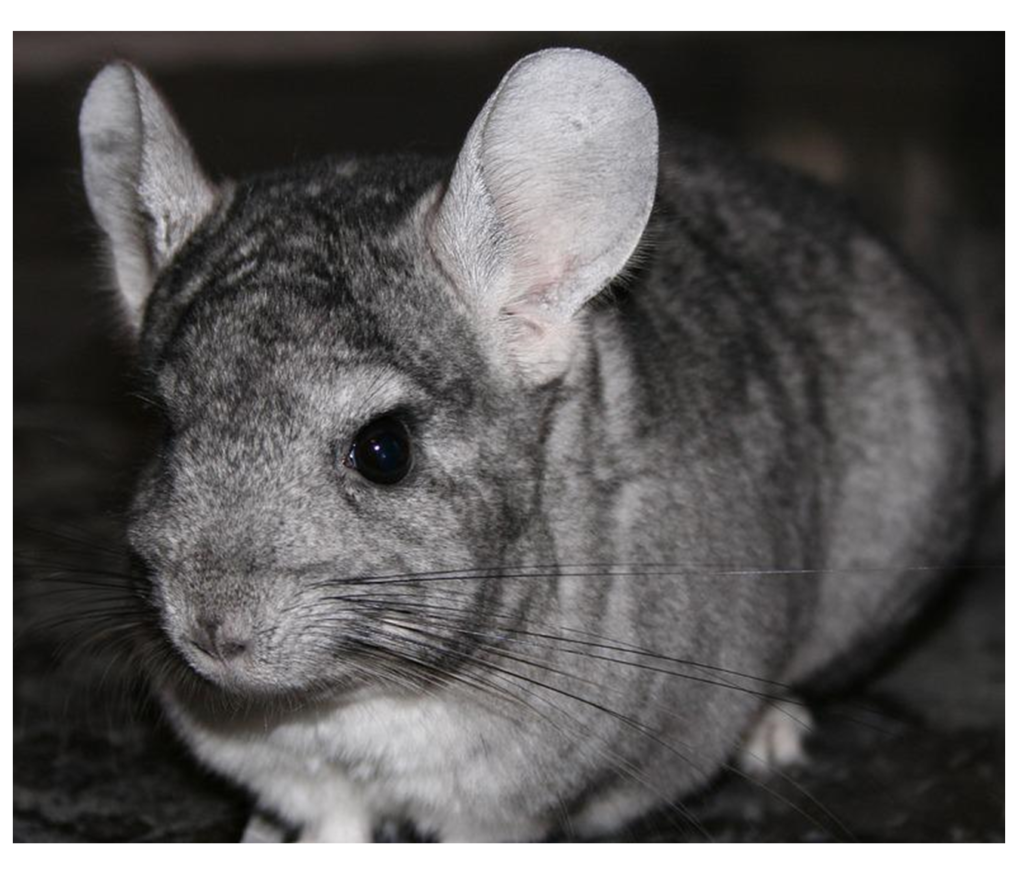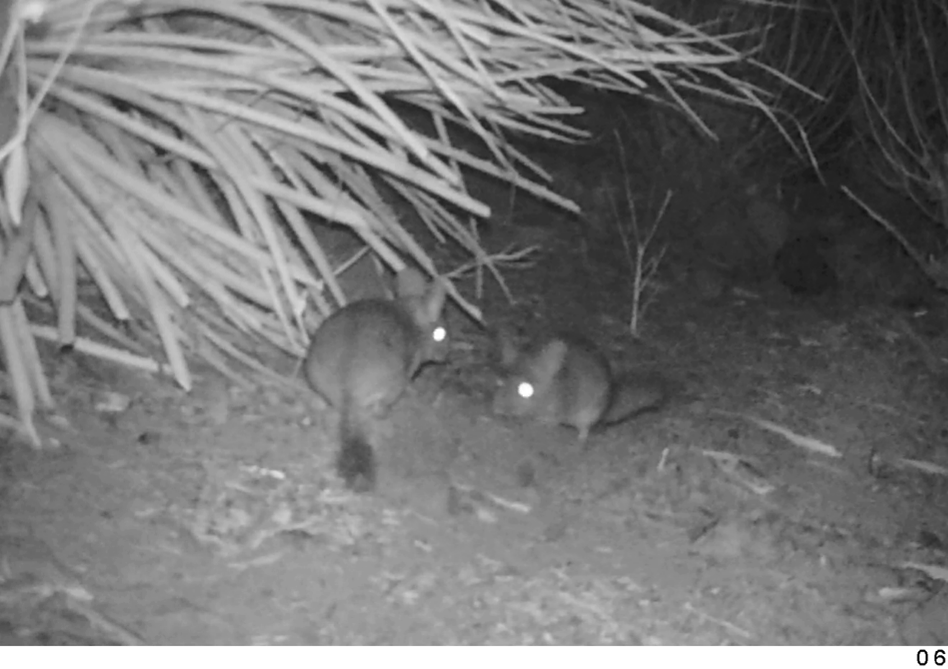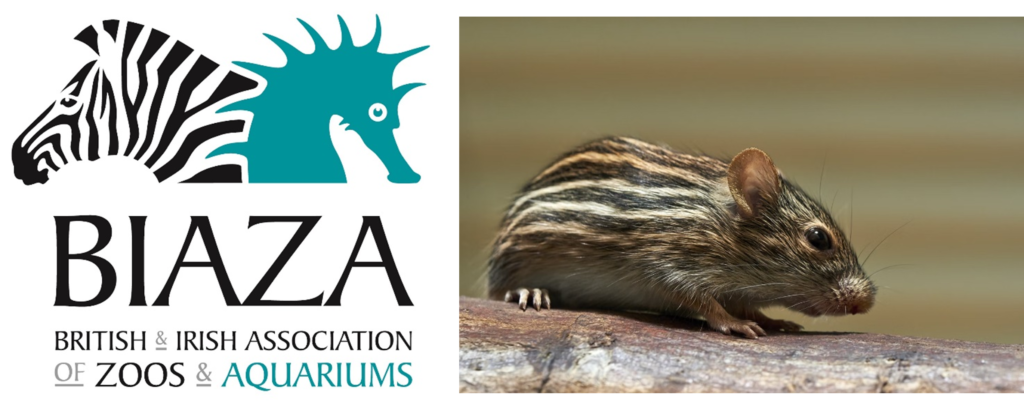
The chinchilla, a small, nocturnal South American rodent, has previously been pushed to the brink of extinction for its prize fur. It is now protected from hunting but remains at risk as demand increases for another high-value product – gold.

Chinchilla sp.
The two species of chinchilla (the long-tailed Chinchilla lanigera and the short-tailed Chinchilla chinchilla) were once widespread across the coastal regions and foothills of the Andes in Chile, Peru, Argentina and Bolivia. Commercial hunting for fur drove their numbers down dramatically from the 19th century, and at one point, half a million skins were being exported per year. A ban on hunting in 1929 increased the value of their fur even more and intensified demand. By the mid-1900s, it was thought that chinchillas had been hunted to extinction.
Fortunately, C. lanigera and C. chinchilla populations were rediscovered in northern Chile by the turn of the century, and a colony of C. chinchilla was additionally found in Bolivia in 2017. However, the rediscovered chinchilla populations are small and isolated – chinchillas live in colonies made of modest family groups, hundreds of kilometres away from the next. Numbers continue to decline and, currently, they are listed as Endangered on the IUCN Red List.
Sitting on a gold mine

Camera trap images of long-tailed chinchillas. Source: Amy Deane.
In addition to poaching and habitat loss associated with agricultural and grazing activities, mining has become a substantial threat to chinchillas. Multiple colonies in Chile are known to be living on top of huge quantities of extractable gold.
According to the Chilean government’s national chinchilla conservation plan, mining activities lead to the loss and degradation of habitat, and directly impact individuals or colonies through noise or vibration disturbance, death or displacement of individuals, and loss of food resources.
Amy Deane, who is a member of the Small Mammal Specialist Group and founder of Save The Wild Chinchillas, has stressed that gold mines pose a grave threat, particularly given the slow reproductive rate of this species (one or two young are produced per litter, once or twice a year).
“Both species of wild chinchillas are paper protected, meaning that they are protected by laws and treaties,” says Amy. “However, the reality is that their protection in disputed areas, such as mining concessions, is continually under threat, and there is growing pressure to ease some of the restrictions safeguarding those populations.”
Challenges for chinchilla mitigation
Effort has been made to mitigate the impact of mining developments on chinchillas by translocating individuals out of sites earmarked for gold extraction. However, these attempts have not yet been successful: in northern Chile, at a site owned by the company Gold Fields, translocation plans were halted in 2020 after two of four relocated chinchillas died in a soft-release enclosure and a third was found injured. This might have been down to acute stress caused by a disruption to the chinchillas’ social structure, handling procedures and movement to a new site.
Such negative outcomes are not unusual in small mammal translocation attempts (e.g. Matějů et al. 2010; Tennant and Germano 2017, Rayner et al. 2021). Some rodents, for example, have shown high levels of homing behaviour when relocated short distances from their original range, and increased mortality when translocated over larger distances. Strong justification is therefore needed for translocation projects and, at the very least, there should be sufficient species knowledge to inform such projects.
Case studies of chinchilla translocations are unfortunately lacking. In fact, relatively little is known about the basic biology of these animals. Without this fundamental information, it’s not clear how mining developments will move forward, only that they are indeed expected to move forward: Gold Fields intends to commence gold production when construction is completed later this year.
It is not yet known whether the government will be allowing further translocation attempts or pushing for alternative mitigation measures. In the meantime, Amy and her colleagues at Save The Wild Chinchillas are working hard to spread awareness of the plight of the chinchillas, and to find a way to ensure the protection of the dwindling colonies that live atop unmined gold.
Author: Abi Gazzard (SMSG Programme Officer)


 Small mammals exhibit remarkable functional, morphological and phylogenetic diversity. They
Small mammals exhibit remarkable functional, morphological and phylogenetic diversity. They 




Recent Comments